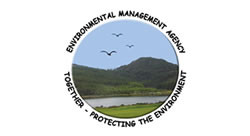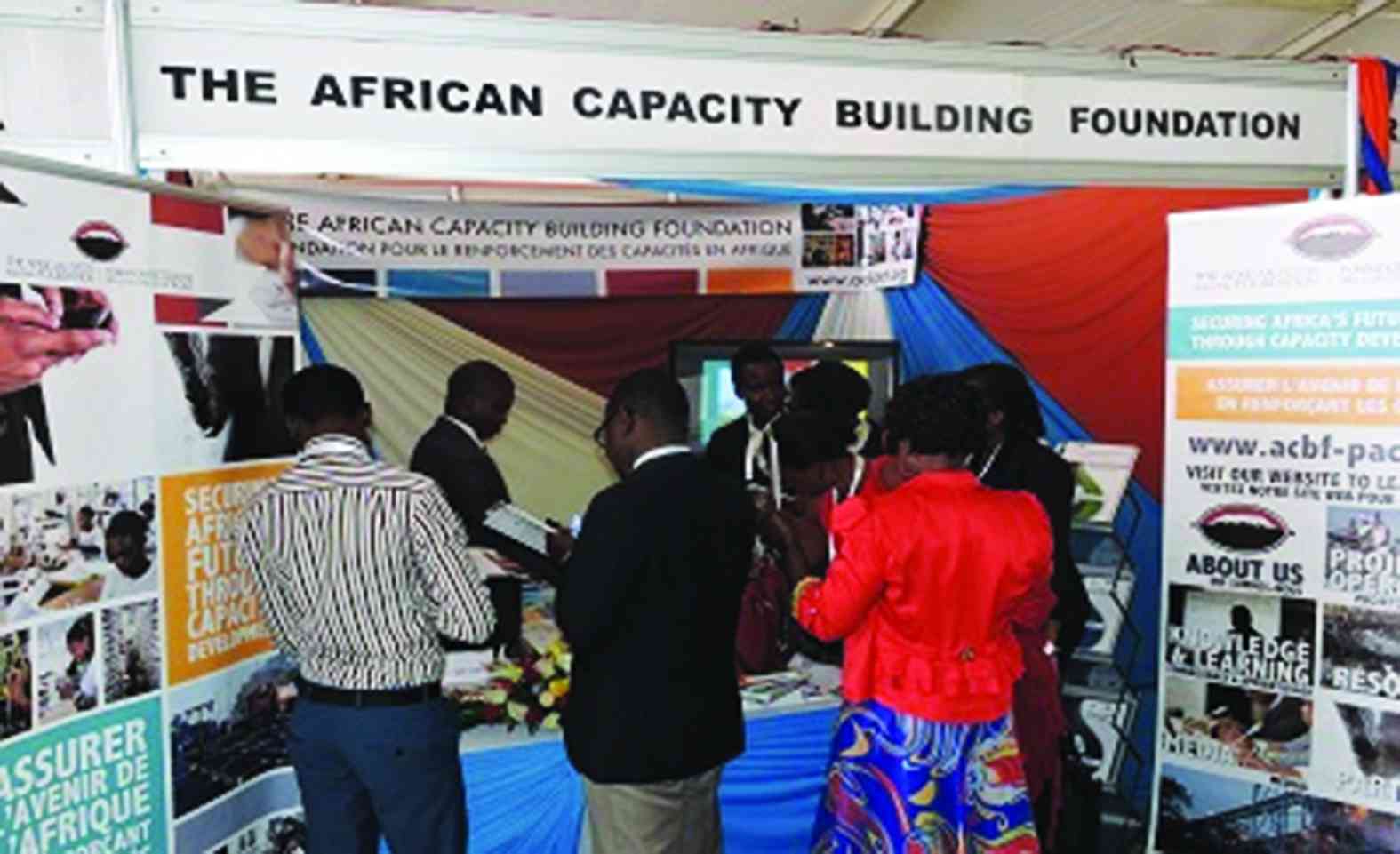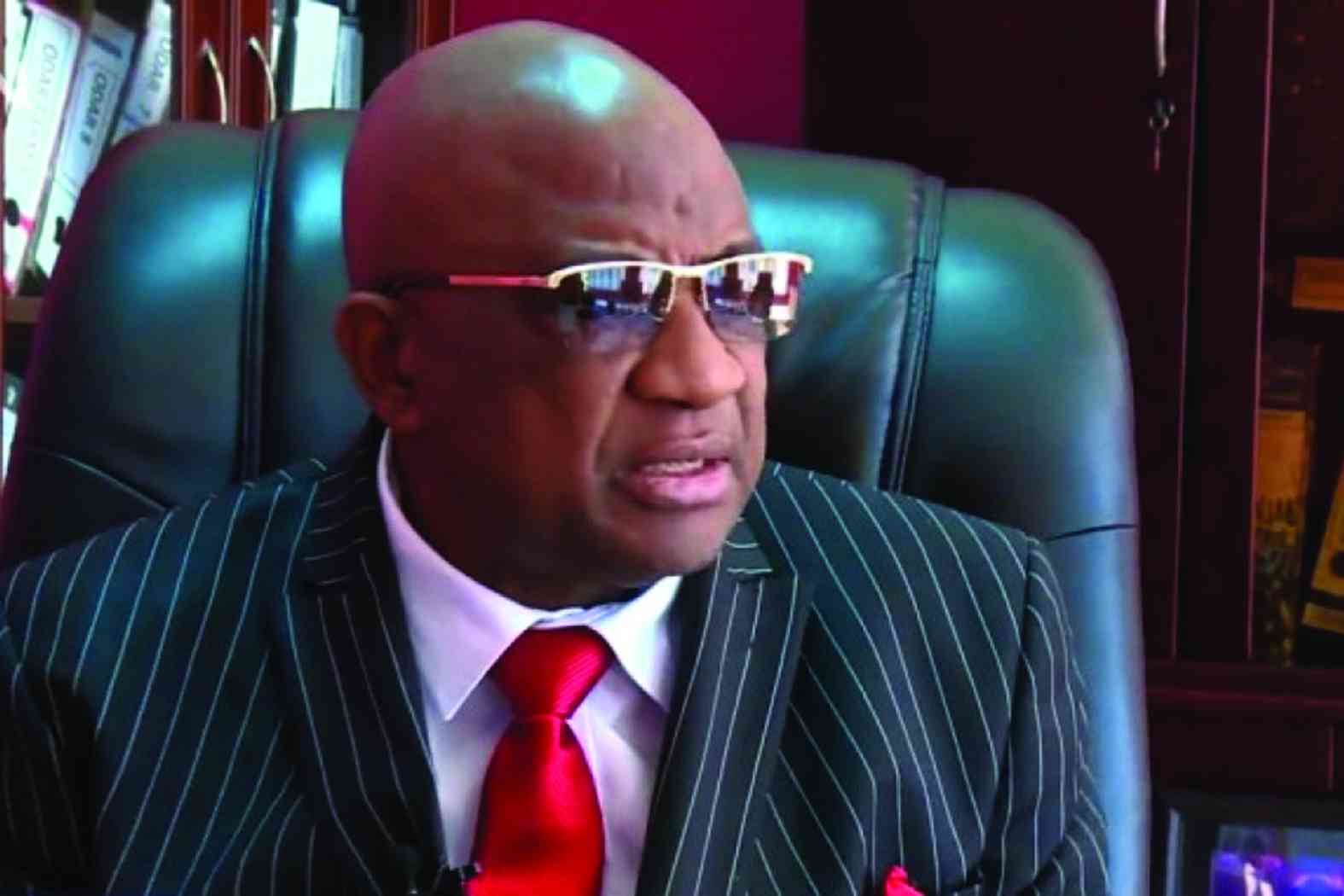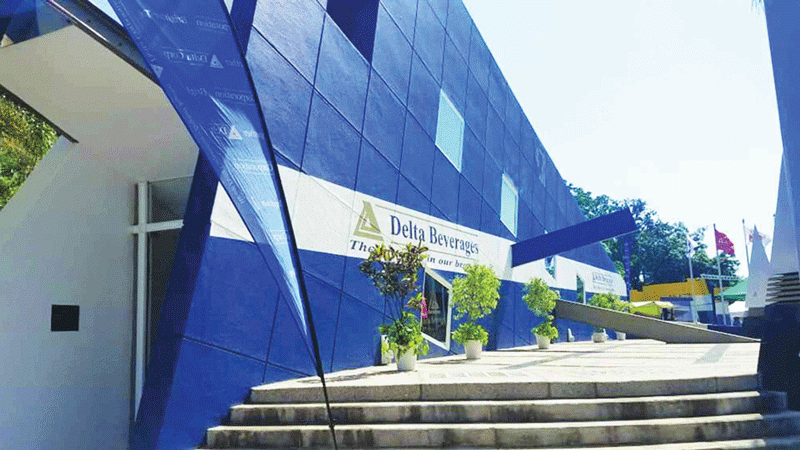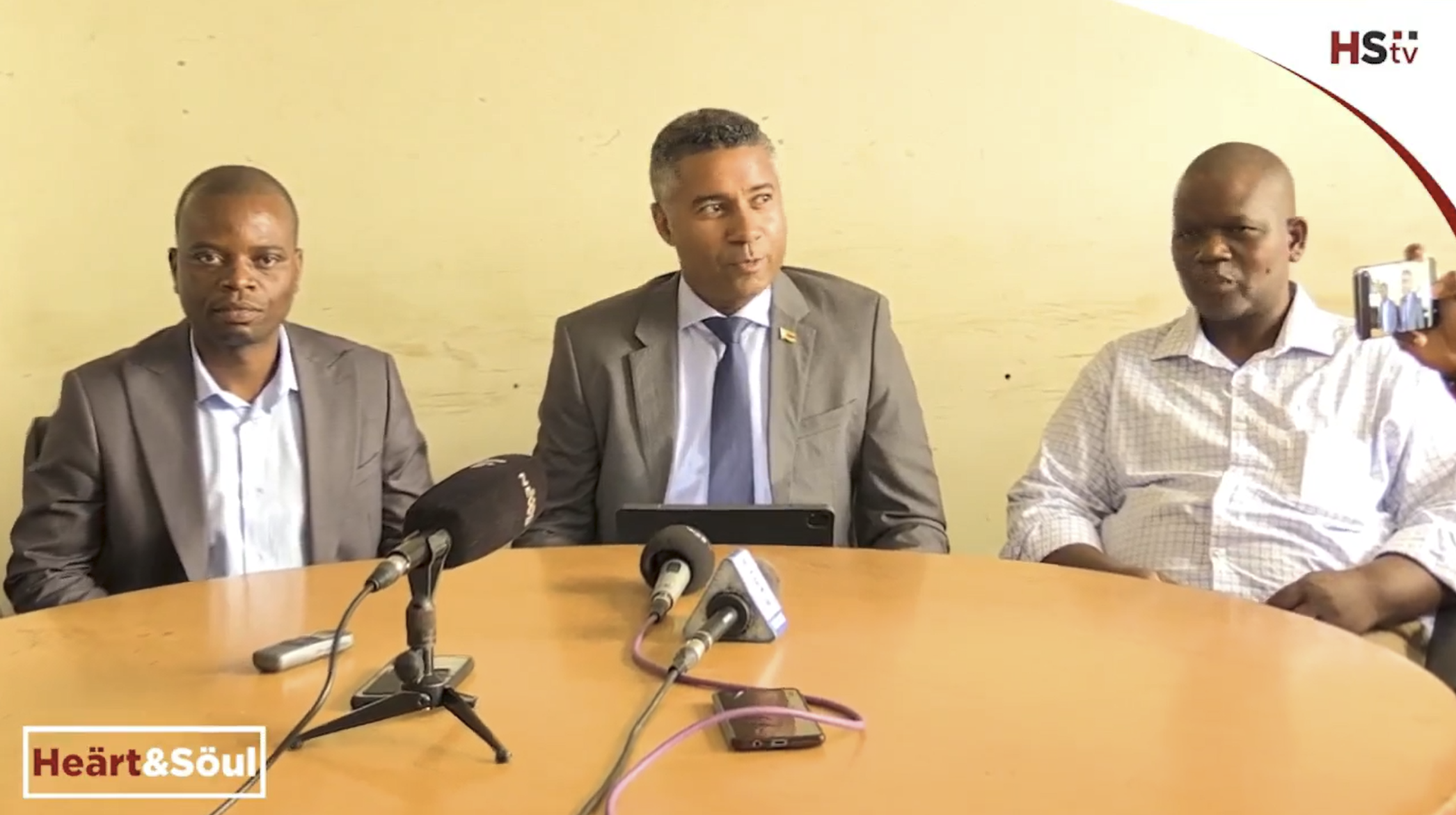THE Environmental Management Agency (EMA) has embarked on the assisted natural regeneration programme, which is aimed at restoring degraded land in some parts of Zimbabwe.
The programme is funded by the Global Environment Facility (GEF) in its seventh operational cycle through FAO as the GEF accredited entity and is implemented by the Ministry of Environment, Climate and Wildlife.
EMA, on behalf of the ministry is responsible for the coordination of the Zimbabwe component as the Executing Entity.
In its latest initiative under the project, EMA is implementing the Drylands Sustainable Landscapes Impact Programme (DSL-IP) in wards 12 and 13 of Shurugwi with a focus on forest management.
In an interview with NewsDay, EMA national project co-ordinator Precious Magwaza said the project supported sustainable forest management and land management interventions.
- Delta pays US$20m sugar tax in 9 months
- ‘Zim economy among the least free globally’
- Diamond workers launch strategic plan
- CBZ asset base rises 71% in Q3
- National Foods to explain shock VFEX delisting plan
“This is being done through sound environmental planning, capacity strengthening of stakeholders, communities and key committees from national to grassroots,” she said.
“Specific interventions include sustainable practices in crop and livestock management, tree planting, woodland management, gully restoration and eradication of invasive alien species, among others.”
The scope of the DSLIP is to support a transformational shift towards sustainable and integrated management of multi-use dryland landscapes of the Miombo and Mopane ecoregions.
Magwaza said another key component of the project was the support of sustainable livelihood projects to reduce pressure on land and forest
resources.
“Particular value chains being supported include the non-timber forest products, traditional grain and small livestock.
“Producer organisations in these value chains are being supported on business management including market linkages,” she said.
Magwaza said they partook in the project after realising that that Shurugwi district had, over the years, witnessed an increase in degradation as a result of human activities.
In Shurugwi, the Poshayi and Zamazama communities have been supported through capacity building on seedling raising, nursery establishment and best practices on land restoration.
In an interview, Zamazama village head Joram Noruware indicated how the landscape, which had been subjected to rampant deforestation over the years, had been transformed.
“The land was highly deforested, the ecosystem was under threat. Thanks to the programme, there has been a marked improvement,” he said.
The community has to date received more than 5 000 seedlings from the Forestry Commission, which is an implementing partner in DSL-IP.
Forestry Commission Midlands provincial extension manager Rodrick Nyahwai said focus was on restoration of degraded forests through assisted natural regeneration and the use of innovative technologies such truncheons and seed-balls.
He said the project was targeting more than 200 hectares of bare land for restoration.

